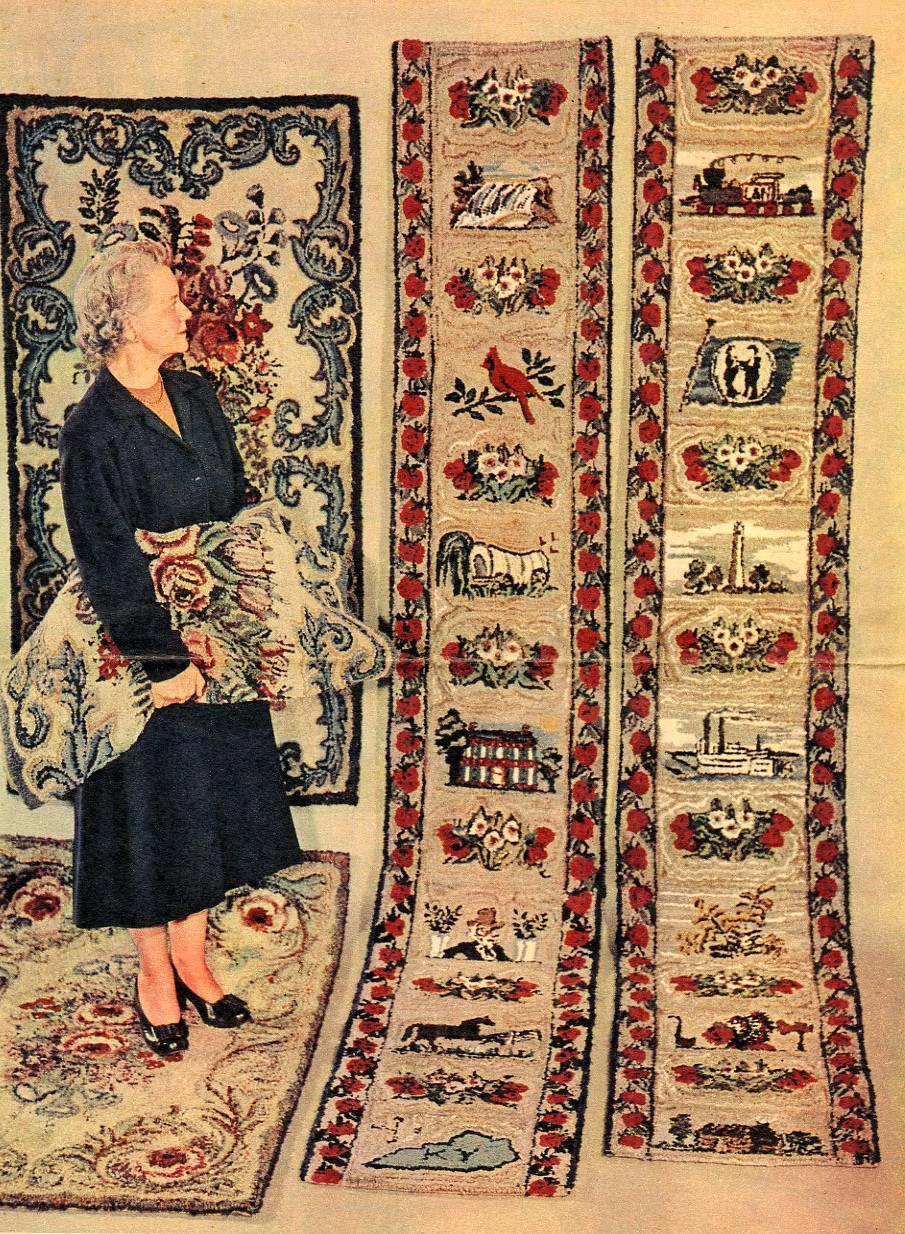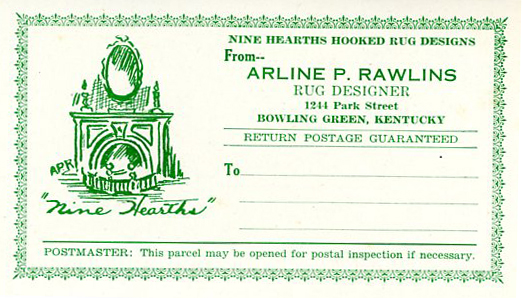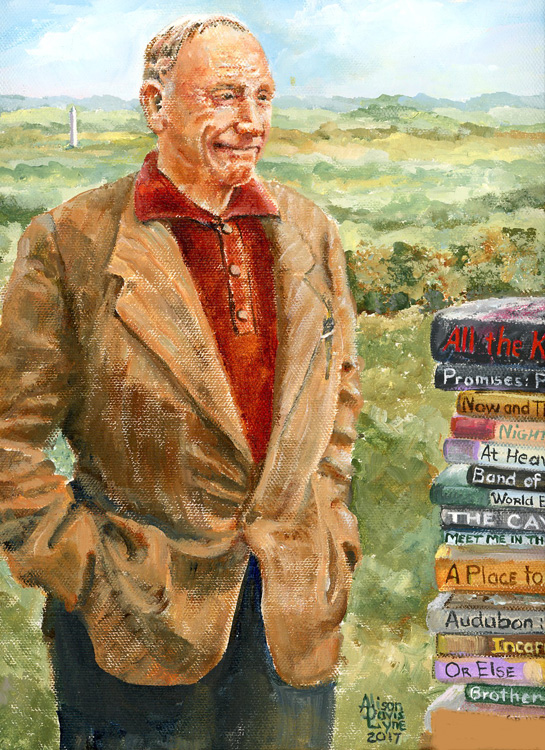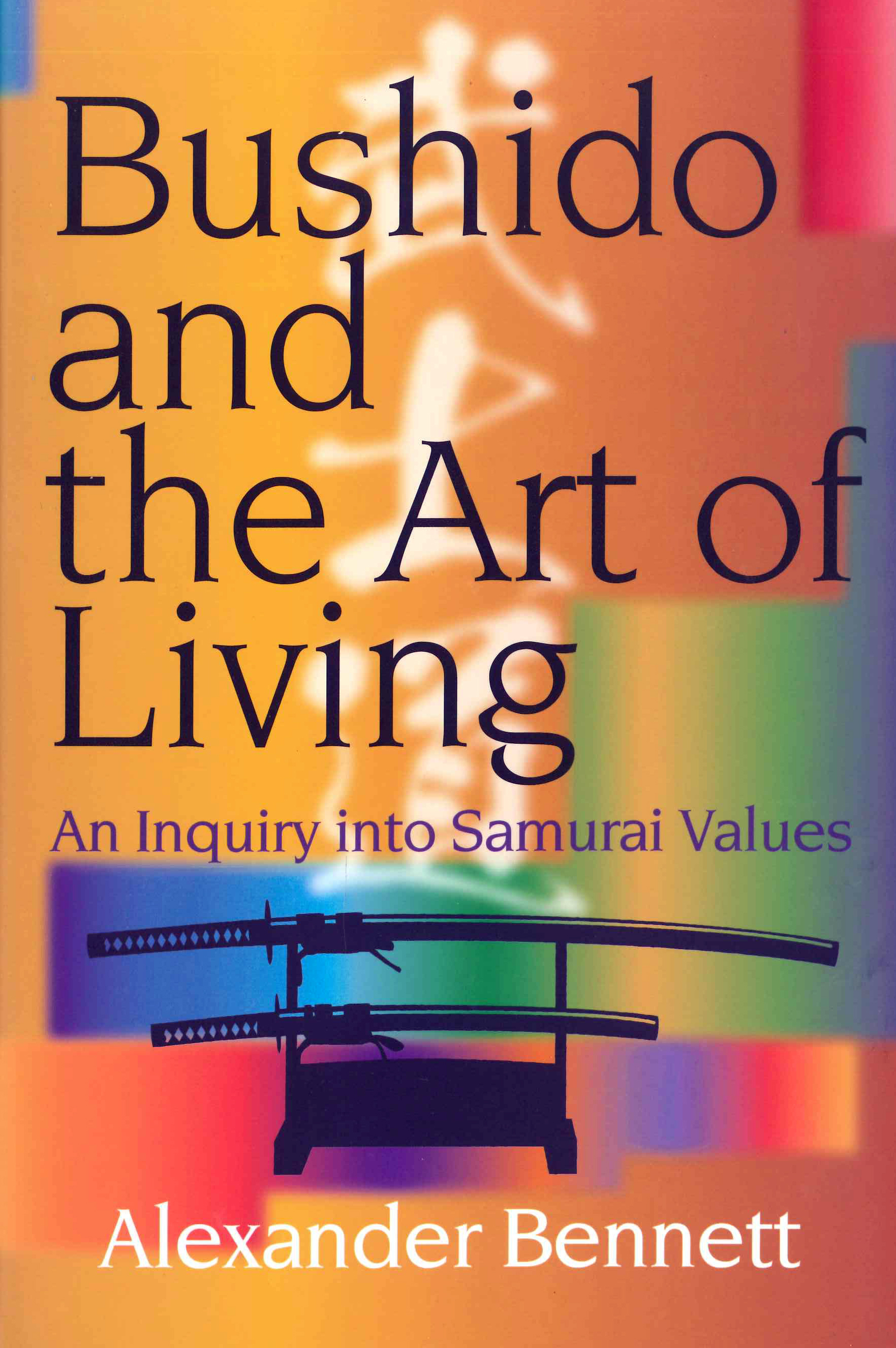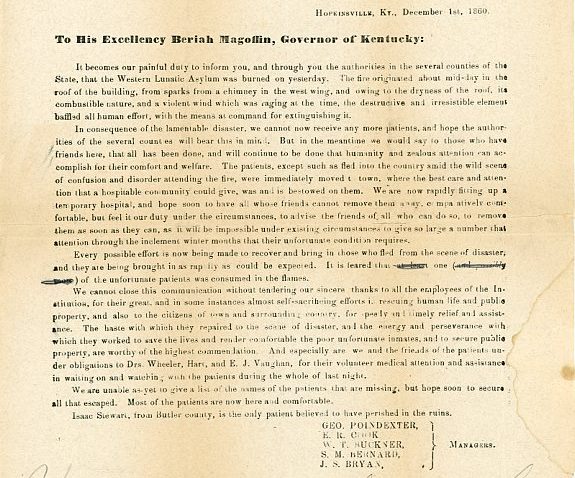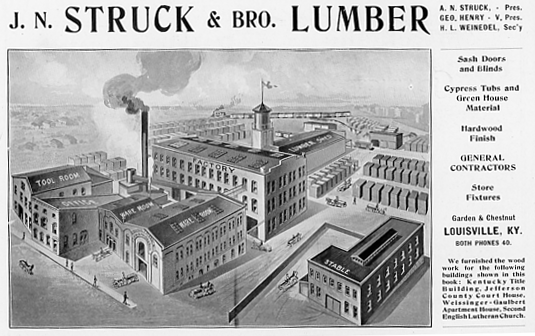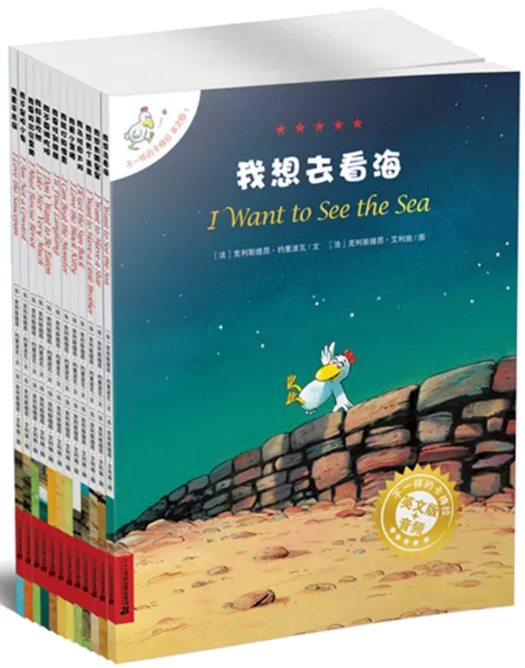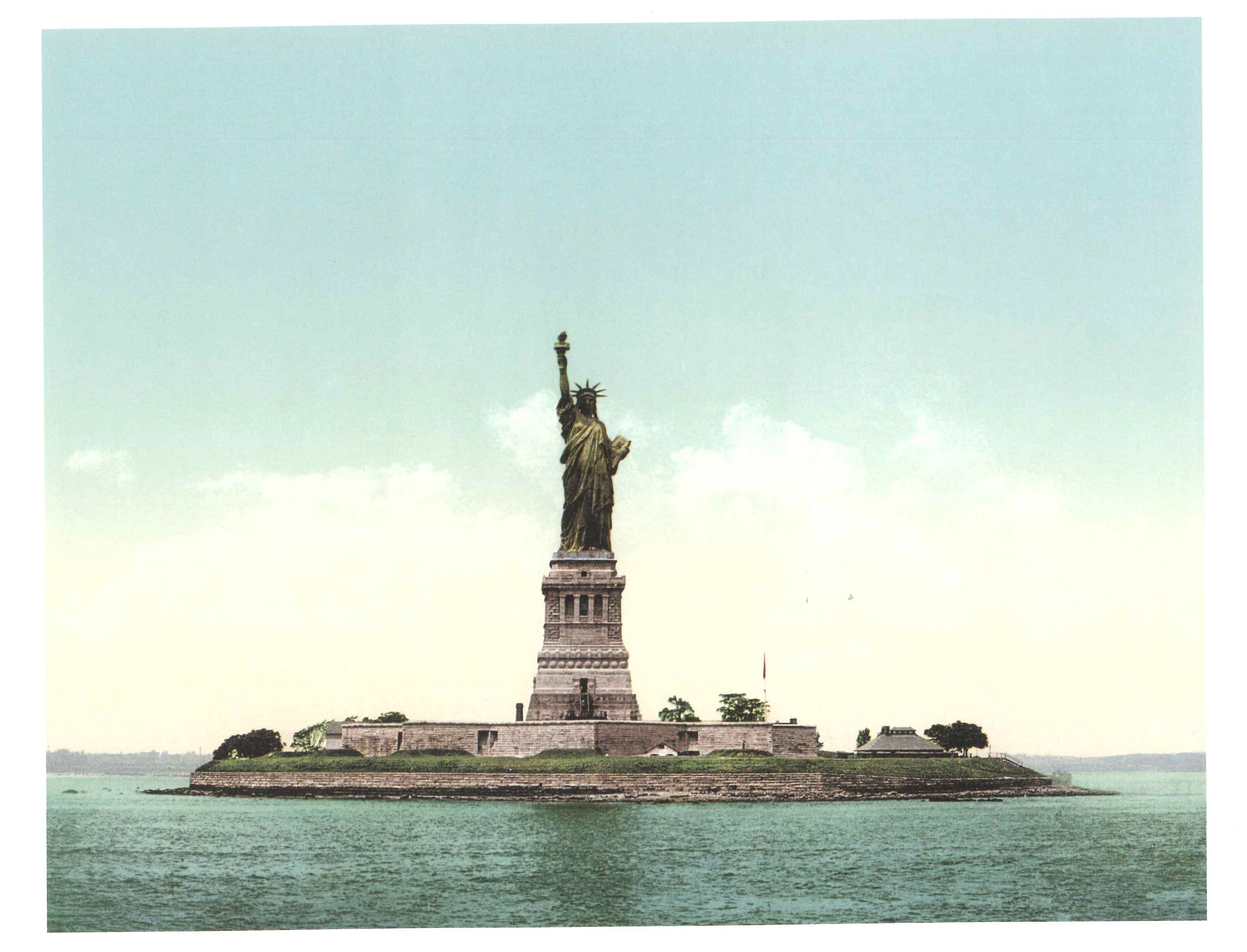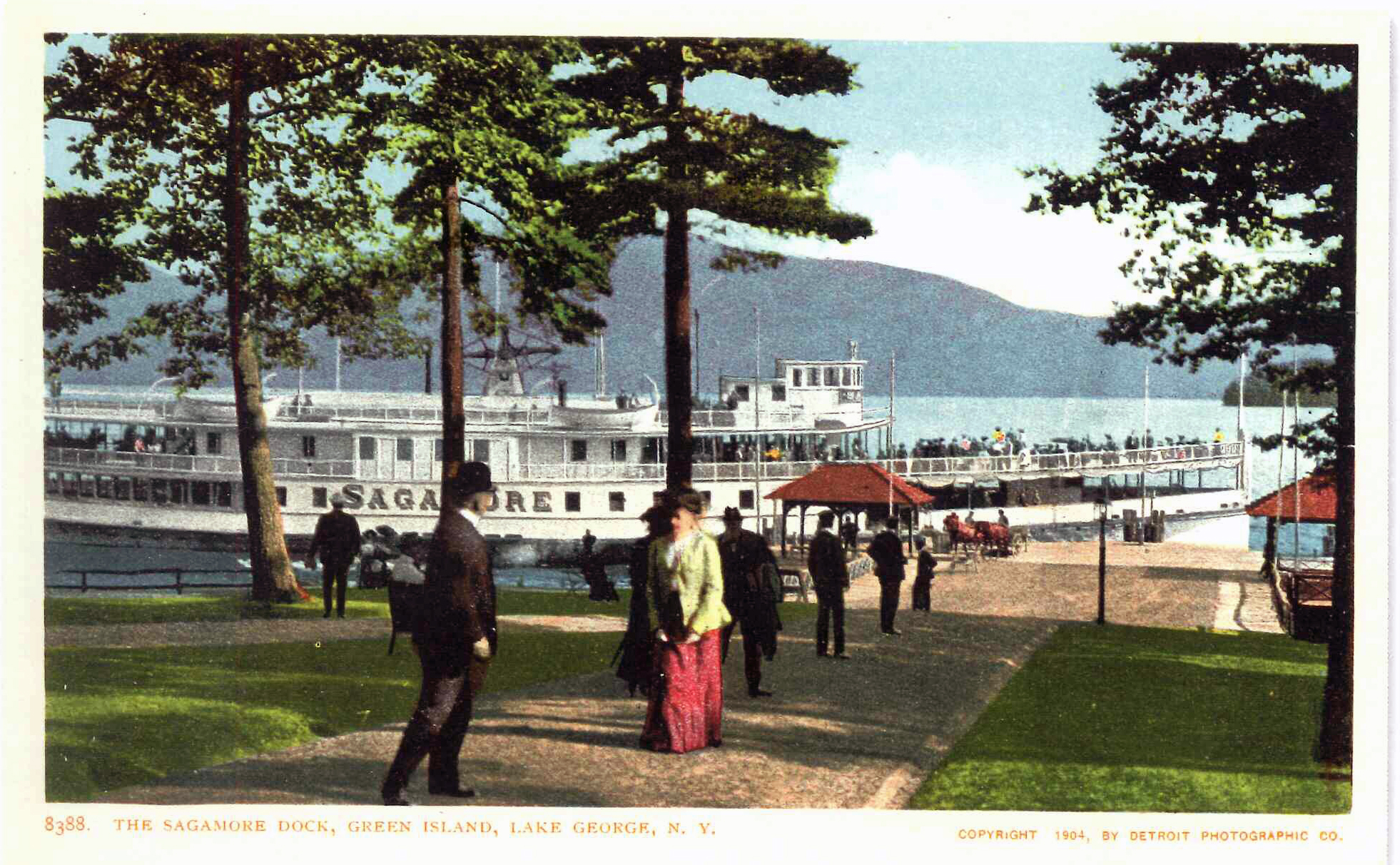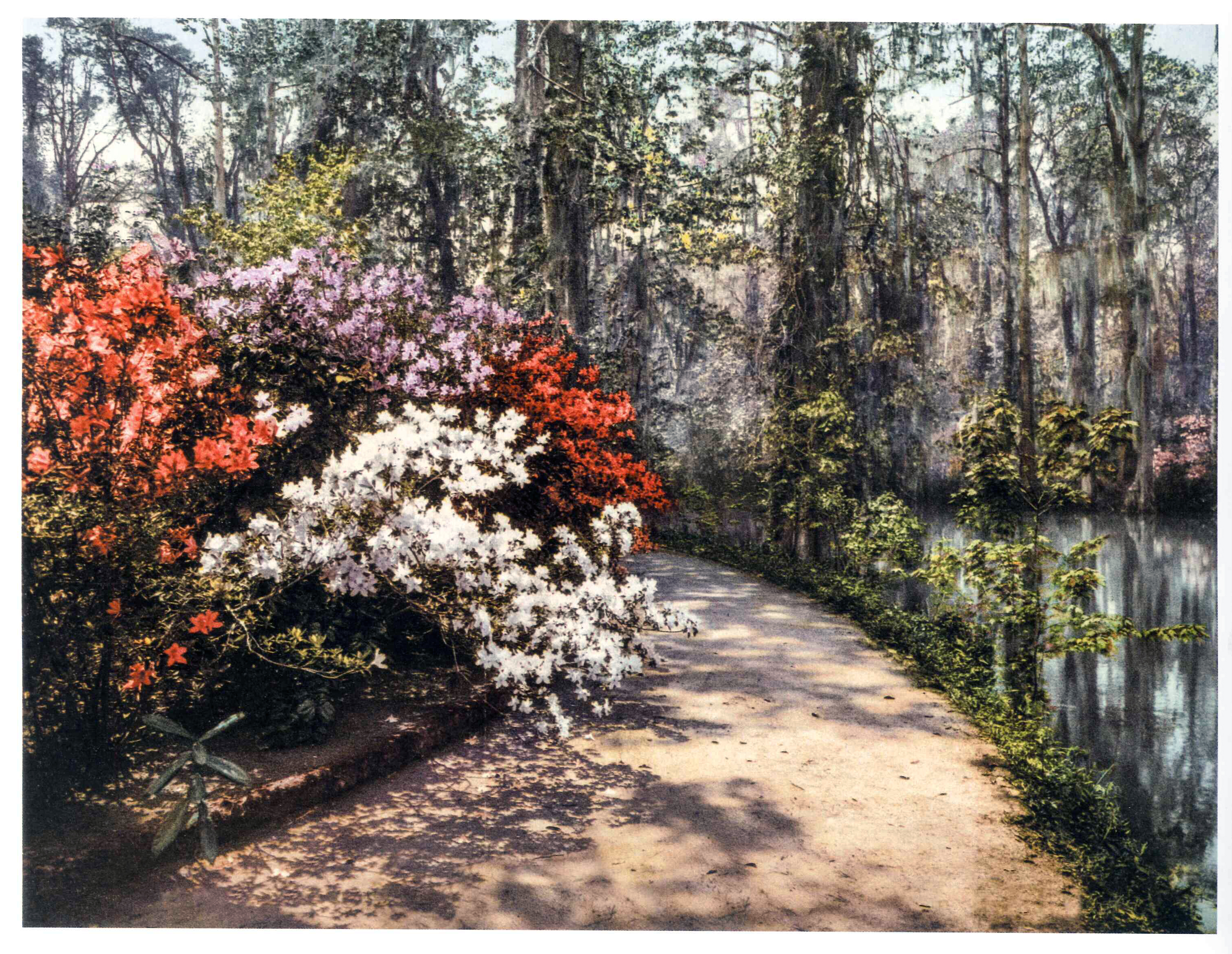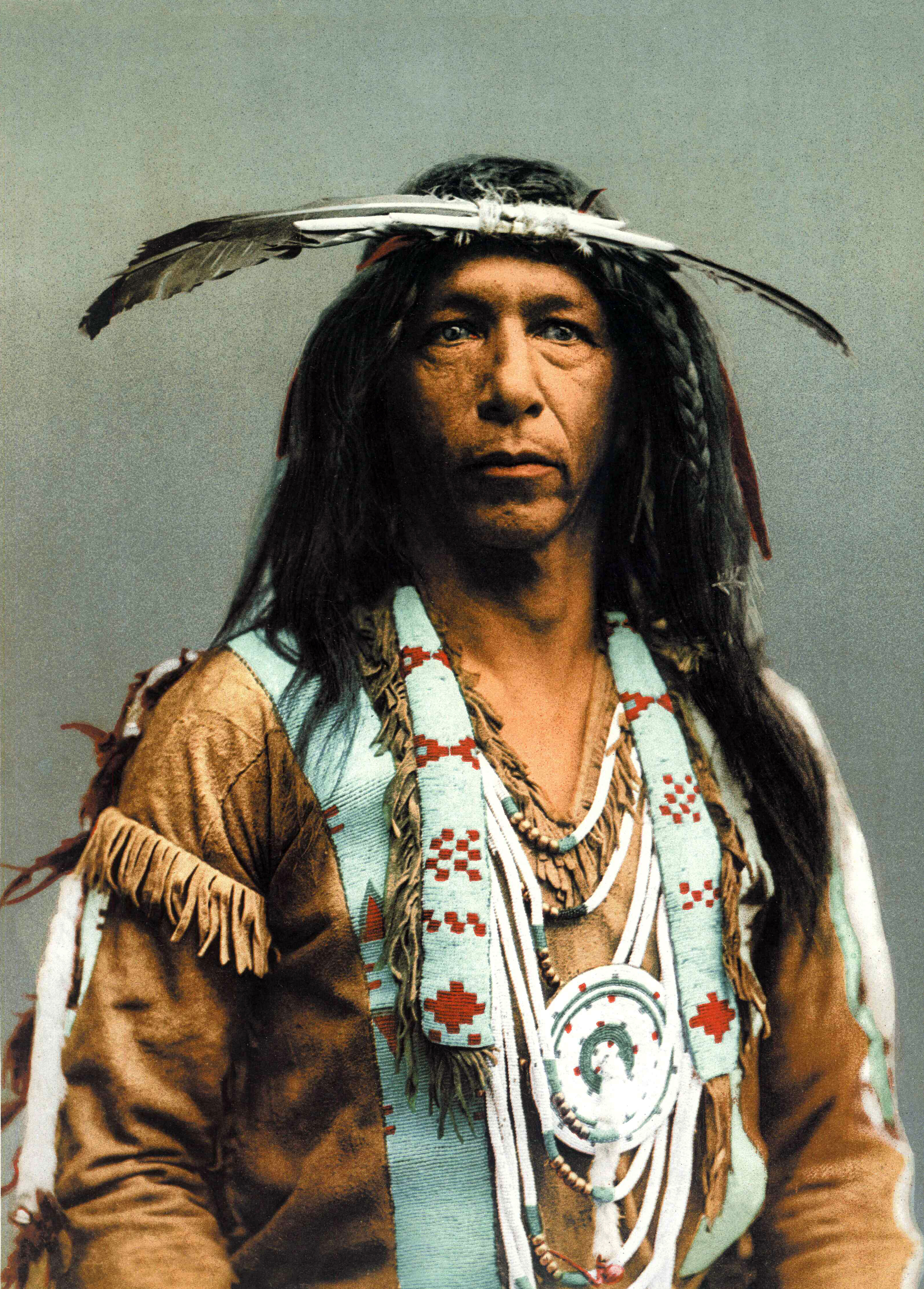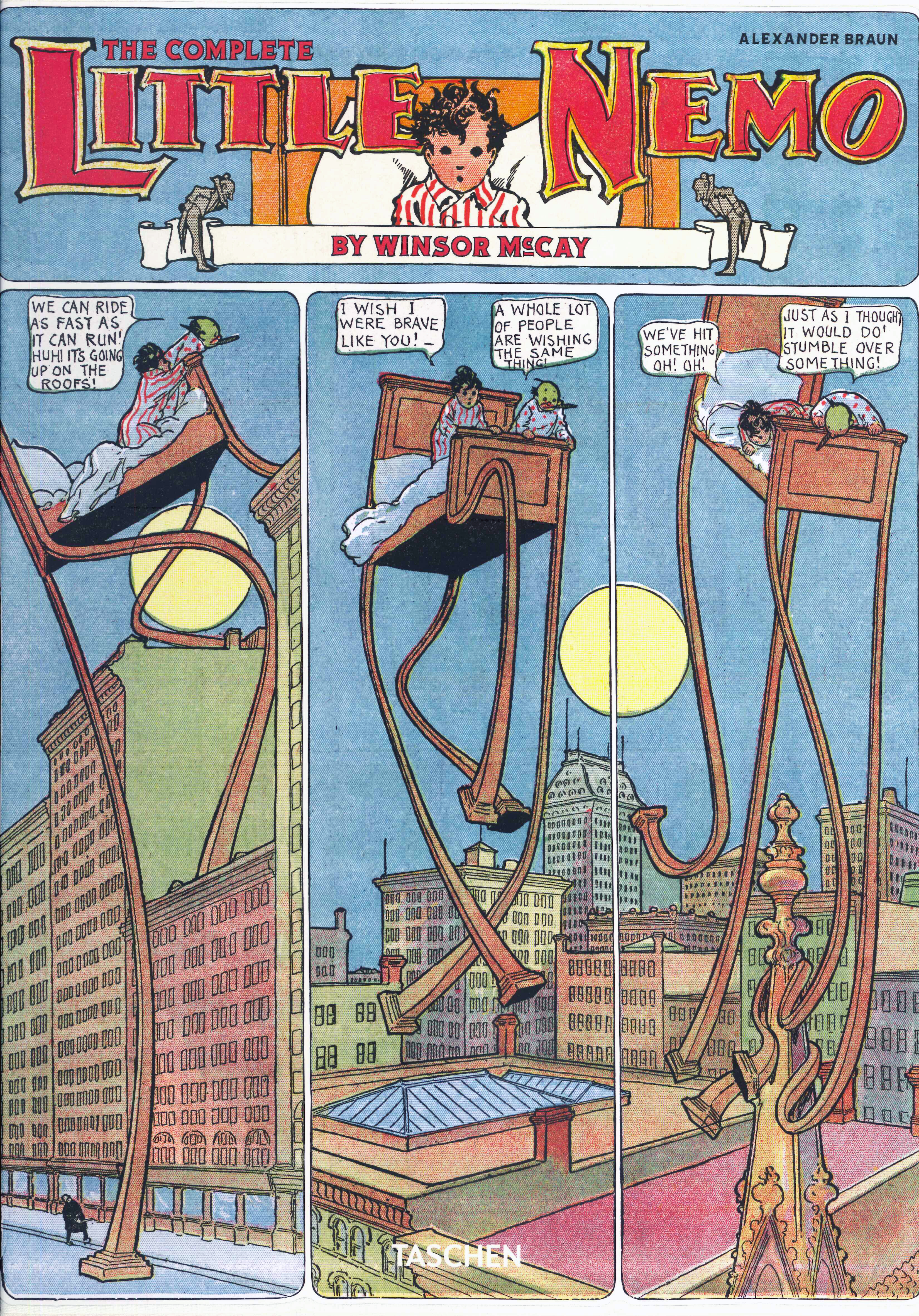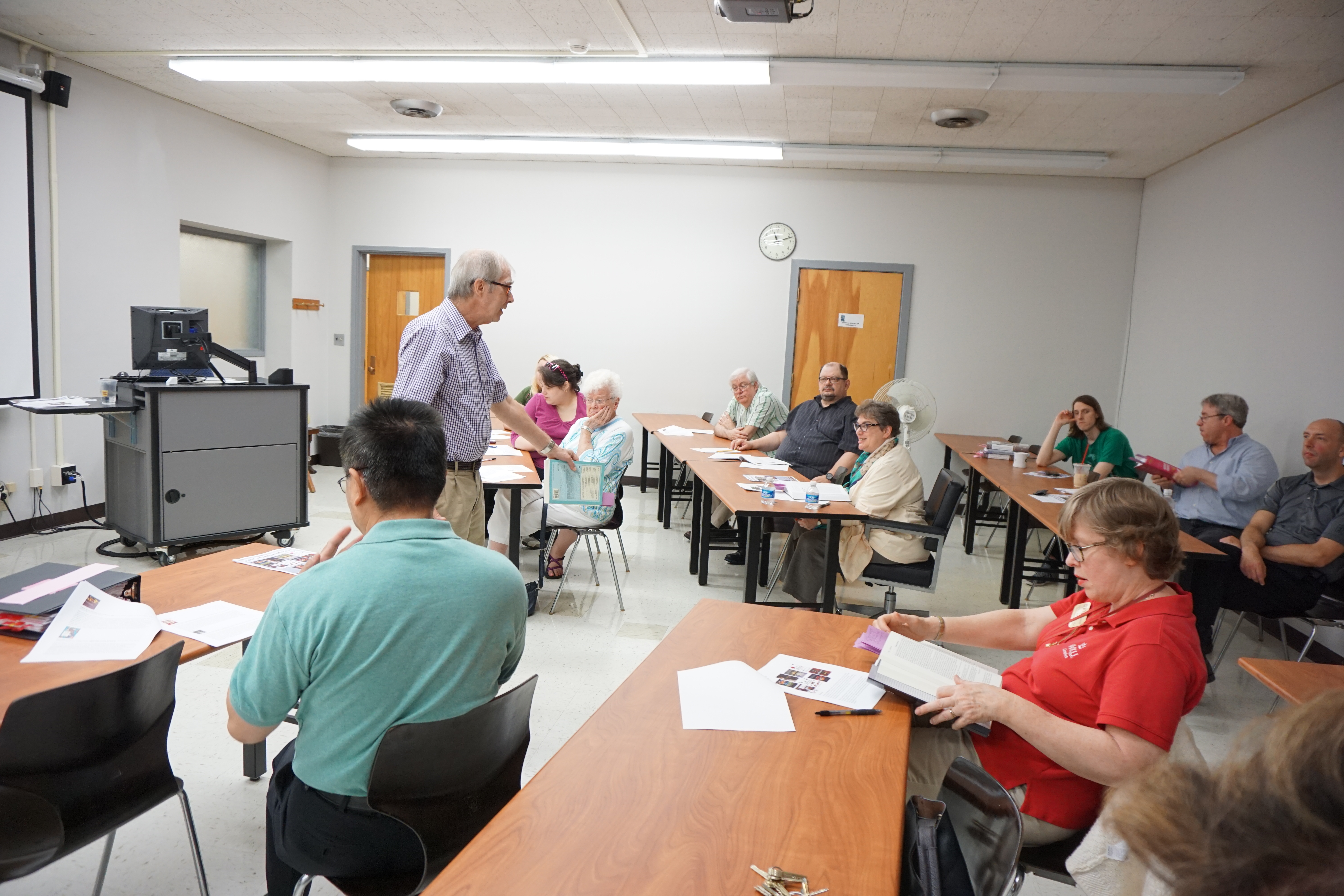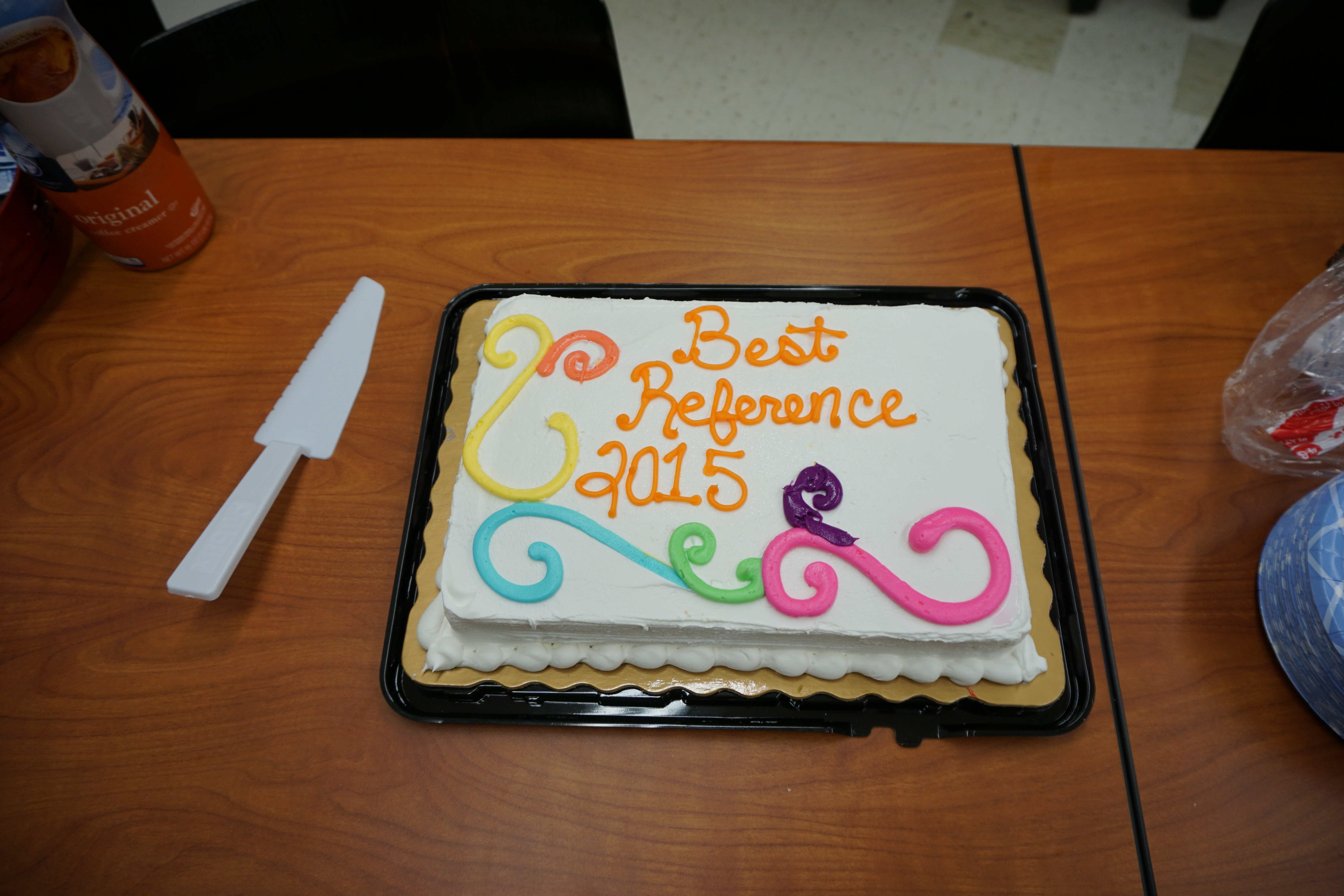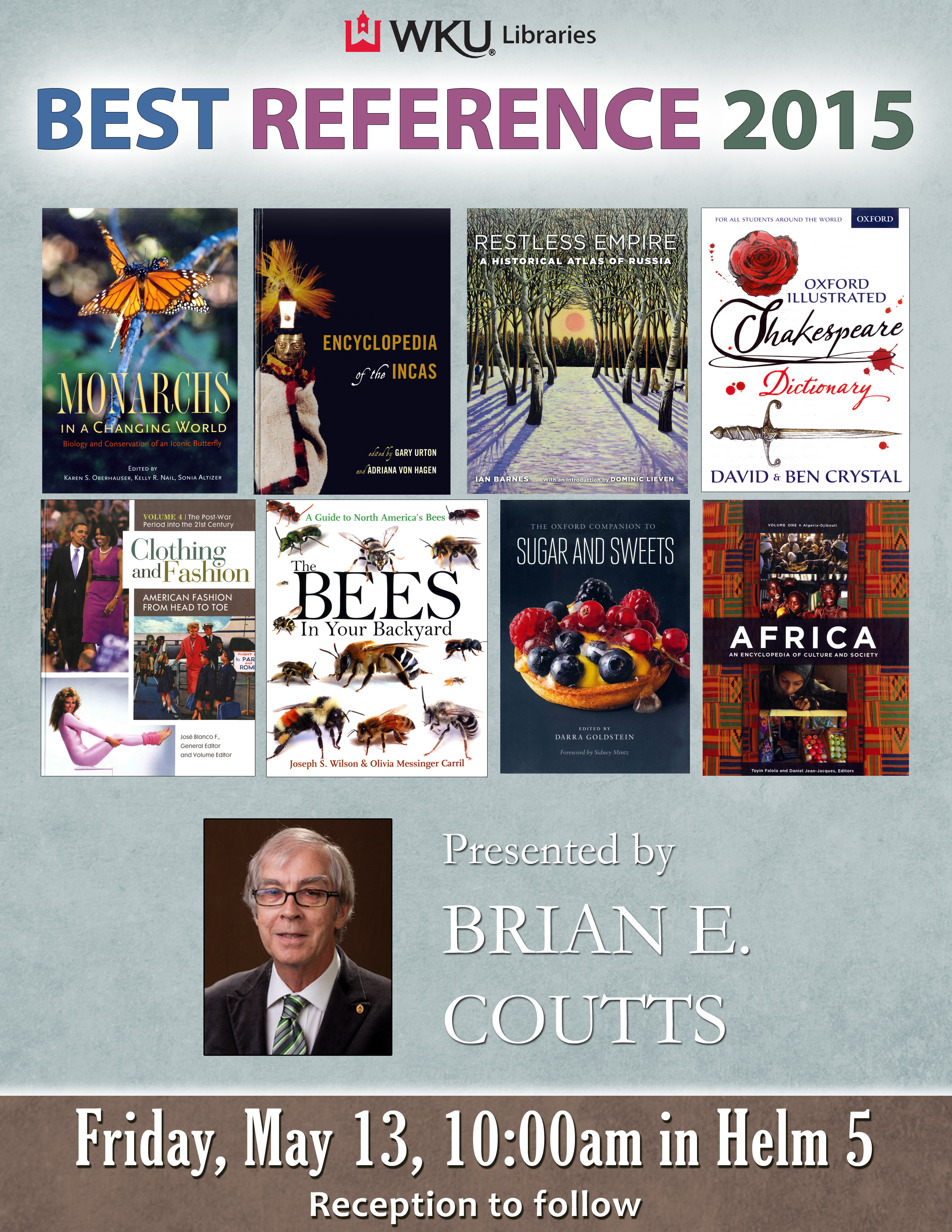
Sarah Moore, Scottsville, Kentucky, recently donated a letter written by Nancy Elam Moore, a distant relative and a leader at the Shaker village at South Union, Kentucky. A photocopy of the letter has been housed in the Manuscripts unit of Library Special Collections for many years. The letter, written to Nancy’s brother James Moore on 4th August 1837, discusses her father Jesse’s estate, particularly a piece of property located in Warren County, Ohio, the site of Union Village, another Shaker community. She advised her brother to proceed with caution and to not do anything until he had “fully investigated the case.” Seems that a John Wallace, signing himself as the Power of Attorney for Jesse W. Moore, had sold a 112-acre farm belonging to Moore to a Mr. John St. John for $440. This was undisputed. However, no documentation existed proving that that said John Wallace had been empowered as Moore’s agent. Nancy advises her brother to go to Russellville, where he could “examine our Father’s will. It might shed some light on the subject.” James’ will is indeed recorded in Logan County, and it gives 5/8ths of the estate to the Shaker community at South Union (Will Book A, p. 588-589). Although the letter’s subject matter is only tangentially related to the Shakers, it does provide insight into communications maintained between Shaker members and their families “in the world.”
The photocopy, which was retained, has an added note from Harold Moore dated 28 November 1983 in which he explains how he received the copy while attending the funeral of William Simpson Moore. Seems Harold shared Jesse’s will and other biographical information with William’s oldest son, William Benjamin Moore, at the funeral. At that time, William provided Harold with a copy of the 1837 letter to keep with his records. Harold’s note unscrambles the genealogy: “This ‘gem’ is a letter from Eldress Nancy Moore of Shakertown fame to her brother, James, who was my paternal great grandfather. Bennie’s [William Benjamin] great grandfather and my grandfather were brothers.” Their father was the James to whom this letter [was] written.” Sarah Moore, the donor of the letter, was William Benjamin Moore’s daughter, and she notes that he went by Benjamin or Ben and only family members ever referred to him as “Bennie.”
Eldress Nancy Elam Moore was born on 1 September 1807 in Warren County, Kentucky, and was brought to the Shaker village at South Union in Logan County when she was four years old. She served in numerous ministerial roles, including being appointed as an assistant to Eldress Betsy Smith in 1849. She made several visits to colonies in Ohio, New York, and Massachusetts. Nancy was appointed an Eldress of the Church in 1864. Eldress Nancy died at South Union on 5 December 1889. One of the treasures of the Manuscripts unit of Library Special Collections is Moore’s journal which describes life in the South Union Shaker village during the Civil War, 1861-1863. It outlines visits and exploitation suffered by the Shaker community from both Confederate and Union forces. (MSS 405)

Courtesy of Kentucky Museum, WKU.

